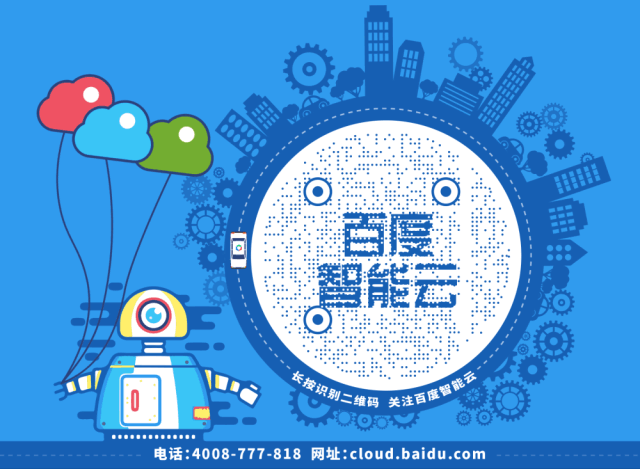
A new protocol support has been added to the IoT access — CoAP (Constrained Application Protocol)!
What is IoT access? It is a fully managed cloud service developed by Baidu Smart Cloud’s Tiangong team, which helps the Internet of Things establish secure and reliable bidirectional connections and device management between devices and the cloud. It plays a crucial role in scenarios involving massive devices in data collection, control, and fault prediction. The newly added protocol CoAP is one of the popular mainstream low-power device access protocols, enabling Tiangong to support more IoT scenarios and enhance its competitiveness.
The CoAP protocol is often applied in resource-constrained low-power devices, especially those using NB-IoT. These devices typically have limited memory space and computing power, and may not even be able to use TCP, let alone TCP-based MQTT or the overly large traditional HTTP protocol.
You might wonder which is better, MQTT or CoAP, as both are widely used standard protocols in IoT scenarios. There is no clear superiority; the difference mainly lies in the application scenarios.
It is well known that CoAP is based on UDP at the transport layer, making it particularly suitable for devices or modules with weaker computing capabilities or those that do not integrate a complete TCP stack, such as NB-IoT modules. Additionally, because it does not require the handshake and disconnection of TCP connections, CoAP based on UDP has a lesser impact on device energy consumption.
Furthermore, CoAP operates in a request/response mode, while MQTT uses a publish/subscribe model. CoAP establishes a new connection for each request, whereas MQTT maintains a long connection with the server. This also determines that MQTT is more suitable for scenarios requiring control commands issued by the server, while CoAP is more appropriate for pure reporting scenarios.
Therefore, you can choose the more suitable IoT protocol to connect to the Tiangong smart IoT platform based on your usage scenario. Currently, CoAP has been launched in the Guangzhou region of Tiangong, and you can apply for a trial by submitting a request through the console.
Baidu Smart Cloud’s Tiangong IoT Access (IoT Hub) is a fully managed cloud service that supports billions of concurrent connections and messages. It has achieved secure and reliable bidirectional connections between massive devices and the cloud, seamlessly integrating various products and services of the Tiangong platform and Baidu Smart Cloud.
In addition to the CoAP protocol, Tiangong IoT Access has previously supported standard protocols such as MQTT, HTTP, and WebSocket, and can also be paired with device parsing and other Tiangong components to support protocols like ModBus, BACnet, fire safety GB/T26875.3-2011, power 1376.1, and vehicle networking JT/T808, GB/T32960. We hope to assist customers in quickly completing device integration through rich protocol support.
Baidu Smart Cloud’s Tiangong is a one-stop, fully managed smart IoT platform that integrates Baidu Smart Cloud’s ABC (AI, Big Data, Cloud). From edge to cloud, covering data collection, transmission, computation, storage, presentation, and analysis, Tiangong provides comprehensive foundational products and services.
IoT Access offers two access methods based on devices and messages, covering the vast majority of IoT scenarios. After connecting devices through IoT Access, users can easily integrate with Tiangong’s rule engine, time-series database (TSDB), intelligent edge, and visualized IoT products to build their business systems conveniently.
Baidu Smart Cloud Tiangong is committed to the key capabilities of “connecting,” “understanding,” and “awakening” to help developers easily build various smart IoT applications. At the same time, Baidu Smart Cloud is continuously innovating to provide better technology and stronger capabilities to serve various customer IoT scenarios and promote industry transformation.
For more information, please click “Read the original article.”




